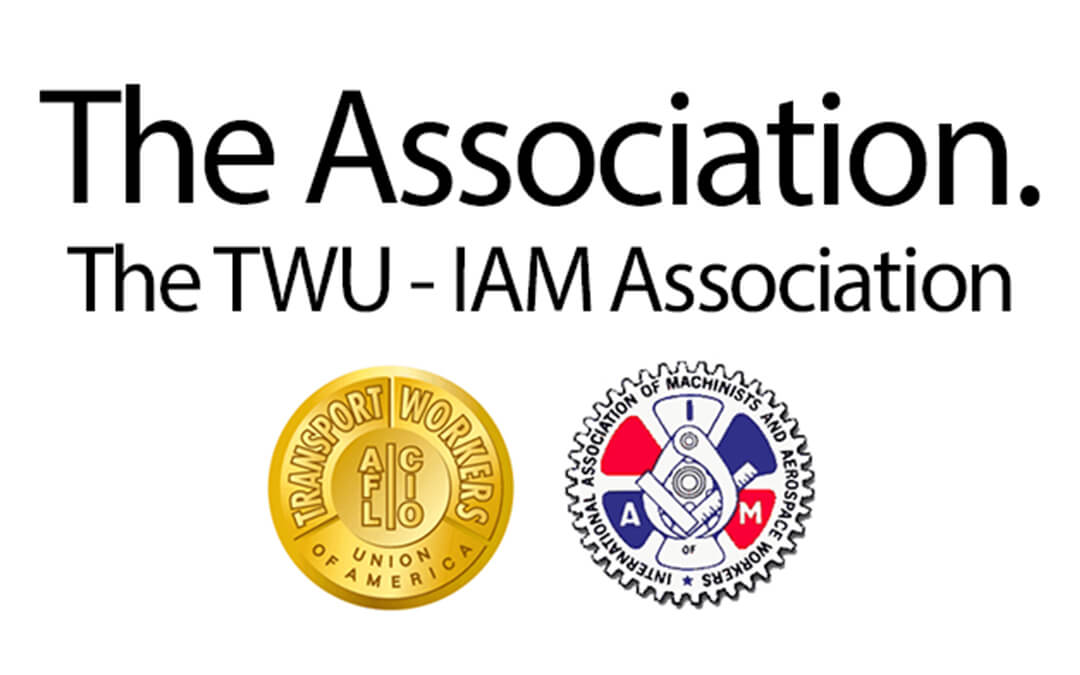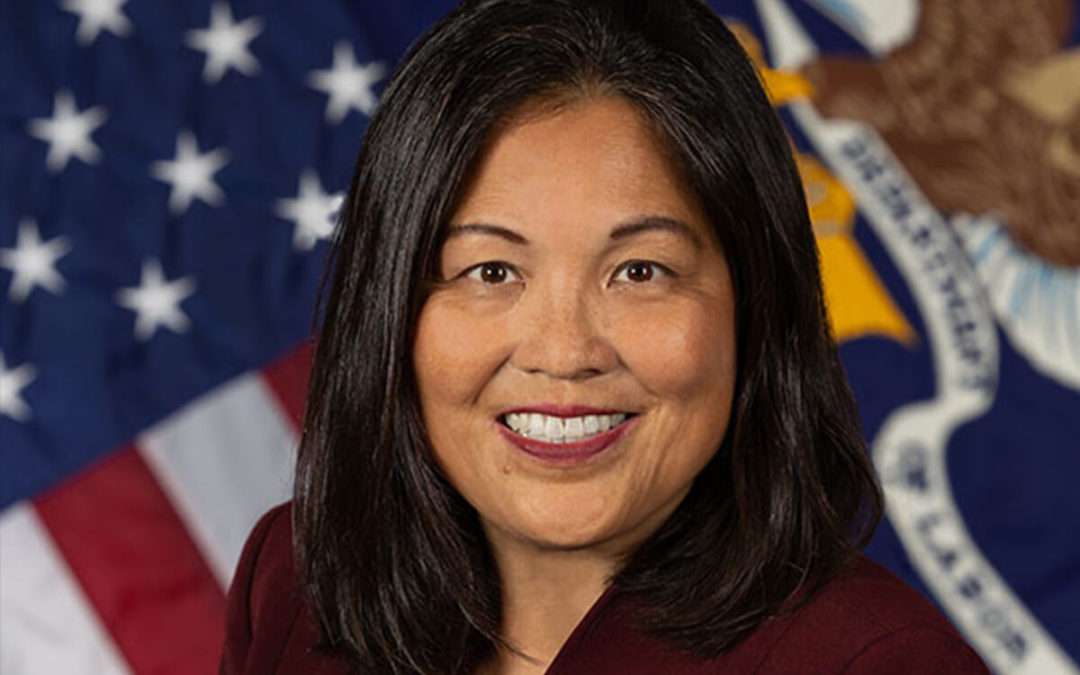
by Lou Gilmore | May 15, 2024 | Education, Featured, Front Page, Other News, Perusals, Recent News, Recent News, Row 2
The Dawn of the Machinists Union The Dawn of the Machinists Union IAM141.org 14 May 2024 In the smoky workshops of late 19th century America, a revolution was brewing. The Industrial Age, with its booming factories and powerful railroads, had brought both progress and...

by Eric Price | May 13, 2024 | Featured, Front Page, Perusals, Recent News, Recent News, retirement, Row 2
Reality Check: The Fallacy of “Just Save More” and Why Union Protections Matter More Than Ever Reality Check: The Fallacy of “Just Save More” and Why Union Protections Matter More Than Ever IAM141.org 13 May 2024 Last month, T. Rowe Price...

by Eric Price | May 6, 2024 | Featured, Featured News, Front Page, Other News, Perusals, Recent News, Row 2, United
Union Members at O’Hare Walk Out on Kirby; Sick and Tired of the Same Old Lip Service 7 May 2024 United Airlines is no longer the airline it was under Oscar Muñoz. From 2015 to 2020, this company respected its employees, and, in return, those workers gave the...

by Eric Price | May 1, 2024 | American, Featured, Front Page, Other News, Recent News, Row 2, The Association, Uncategorized
Recording Secretaries – Please print and post on all IAMAW Bulletin Boards. GET PRINTABLE COPY >> Related News Association Update Sep 13, 2024 This will serve as the official update to the Association membership for M&R, MLS, MCT, MTS, and Fleet...

by Eric Price | Feb 28, 2024 | Front Page, MNPL, Recent News, Row 2
Machinists Union Calls for Immediate Senate Action on Julie Su Nomination Machinists Union Calls for Immediate Senate Action on Julie Su Nomination IAM141.org 28 February 2024 The International Association of Machinists and Aerospace Workers (IAM) is urging the U.S....

by Eric Price | Jan 17, 2024 | Featured News, Front Page, Perusals, Recent News, Recent News, Row 2
Al Yamada: A Legacy of Leadership and Dedication at SEA Al Yamada: A Legacy of Leadership and Dedication at SEA IAM141.org 17 January 2024 SEATTLE — Ask anyone at Local 1351 in Seattle, and they will struggle to remember a time when Al Yamada wasn’t...







